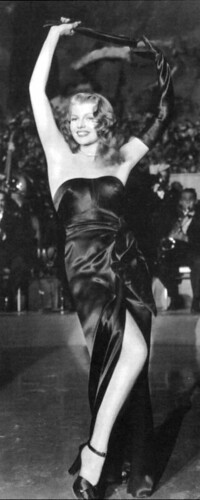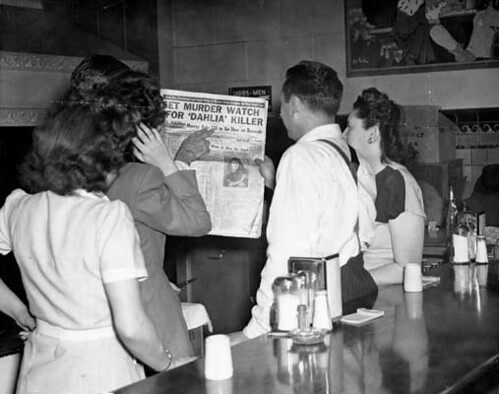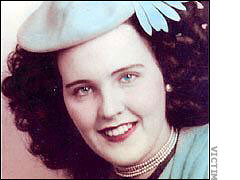Wed 26 May, 2010
Vintage Powder Room On The Road
Comments (1) Filed under: EventsTags: archaeology, Clifton's Cafeteria, collector, cosmetics, Pandora's box

Vintage cardboard face powder boxes simply don’t lend themselves to travel – which was a huge dilemma (and source of irritation) for me until I began this blog. Every collector wants to be able to show off what they’ve found, and I’m no different. I thoroughly enjoy having this forum to shine a spotlight on the fantastic boxes, hair pin cards, advertising, etc., that I’ve amassed over the years.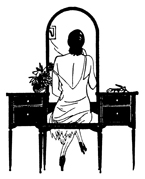
I’m careful to photograph each item as well as I can to try to capture their fragile beauty, but the photos are no substitute for seeing them in person. Only in person can you get the feel for them as having belonged to someone — having graced a woman’s dressing table. I never get over the fact that these items were packaging, designed to catch a woman’s eye, but ultimately meant to be discarded. I’m grateful to the women who, over the decades, kept the boxes safe from harm in dresser drawers, or in sewing rooms (the empty boxes often became a place to store buttons or other small sewing necessities).
I consider myself to be both a social historian and a cultural archaeologist. This definition I found for archaeology says it best: “the study of the past through material remains.” The powder boxes, rouge tins, and other cosmetics artifacts I collect tell the story of women in the context of different periods of time (my earliest items are over 100 years old).
This coming Sunday I’ll have an opportunity to put a few of my items on display when I host a curated conversation about vintage cosmetics ephemera and the history of cosmetics at Clifton’s Cafeteria in downtown Los Angeles. My presentation will be part of a special program at the May 30th LAVA (Los Angeles Visionaries Association) Sunday Salon (http://lavatransforms.org/salon510).
I’ve entitled my presentation “Pandora’s Boxes”, and I hope you’ll join me (the link above provides all of the details). Where else but LA could you satisfy your craving for confetti Jello, AND see a great display of vintage cosmetics items?
Photograph is courtesy of the Los Angeles Public Library.



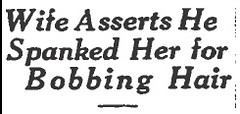
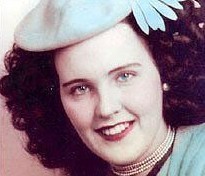



 Beth was one of thousands of young women who had flocked to Los Angeles during, and immediately following, WWII. There were good times to be had drinking and dancing with soliders, sailors and, Beth’s favorite, pilots. But the city was also a dark and dangerous place to be. Many of the former soliders returned to civilian life with demons that could not be vanquished with a bottle of beer or a spin on the dance floor with a lovely girl.
Beth was one of thousands of young women who had flocked to Los Angeles during, and immediately following, WWII. There were good times to be had drinking and dancing with soliders, sailors and, Beth’s favorite, pilots. But the city was also a dark and dangerous place to be. Many of the former soliders returned to civilian life with demons that could not be vanquished with a bottle of beer or a spin on the dance floor with a lovely girl.
 For more information and insights into Beth’s last couple of weeks in Los Angeles, including the REAL last place that she was seen alive (no, NOT the Biltmore Hotel) join me on
For more information and insights into Beth’s last couple of weeks in Los Angeles, including the REAL last place that she was seen alive (no, NOT the Biltmore Hotel) join me on 